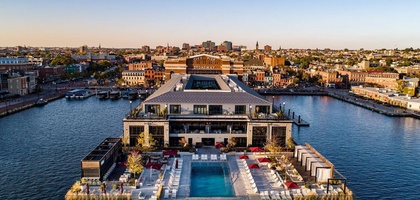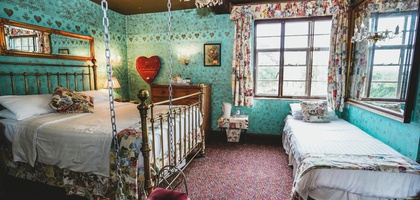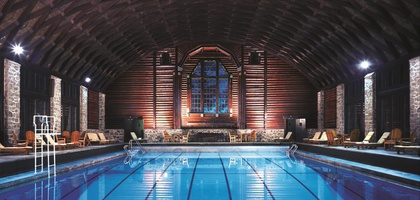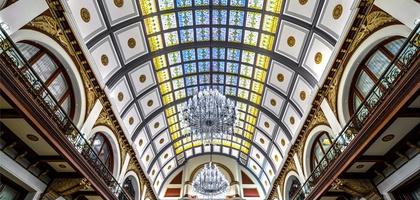 Paimio Sanatorium
Paimio Sanatorium In the remote town of Paimio, in the middle of a pine forest, is one of the most internationally significant buildings representing functionalist architecture.
Functionalism emerged after World War I as part of modernism. With a strict focus on functionality, it became the dominant philosophy. This movement was also closely associated with socialism and humanism.
Completed as a tuberculosis sanatorium in 1933, Paimio's building was a significant achievement for the Finnish architect duo Alvar and Aino Aalto, the co-founders of the Artek design company and pioneers of Scandinavian architecture.
Aino Aalto's work is permanently showcased at the Museum of Modern Art in New York to provide some perspective on her achievements.

Protected under the Construction Protection Act of 1993, the Paimio sanatorium became a culturally significant building in Finland.

The Paimio functioned as a tuberculosis sanatorium until 1971 when it was transformed into a hospital. From 1971 to 2015, the hospital treated various lung diseases.

Its building is an impressive masterpiece: every little detail, from the architecture to the furniture, is designed to support the patients' well-being and promote healing.

The sanatorium embodied the cutting-edge architecture and construction technology of its time, along with contemporary ideals concerning functionality, health, hygiene, and the use of natural light.

The steps of the staircase have been lowered to make it more comfortable to walk on, and each building wing is oriented to the best possible air direction in terms of both light and temperature.

Human functionalism also extends to furniture; for example, the sitting position of the famous Paimio chair is designed so that the chest opens to make breathing easier.

Paimio's sanatorium also became an experimental project for wooden and plywood furniture. Aalto, together with carpenter Otto Korhonen, developed new manufacturing methods, resulting in several unique designs.
These models led to the development of the key products of Artek - the Finnish furniture company founded in 1935.

Although Paimio's sanatorium is still used for health care, anyone can stay the night in one of its guest rooms today.

There are permanent and temporary art exhibitions, and a restaurant (Toivo) offers freshly made dishes made with seasonally available ingredients.

There are guided tours (in Finnish and English) of the functionalist building complex and a walking tour of the pine forest, where the patients used to play outside.

One of the most impressive aspects of Paimio is the color combinations. According to contemporaries, Aino played a significant role in choosing them.

There was no medical treatment for tuberculosis back then, so the patients' resilience and mental strength played a significant role in their recovery.

The hospital used different colors, like the bright yellow stairwell, to create a more positive environment and uplift the patients' spirits.

The entire sanatorium's color scheme differs significantly from the typical white, sterile coloring found in hospitals.

Paimio offers seven guest rooms in its main building's patient wing and small apartments in the former nurse accommodation buildings in Mäntylä and Kyykartano's Nurses' House.


In support of young talents, Paimio offers residency programs where participants can develop their skills in architecture, design, visual arts, performing arts, music, literature, writing, filmmaking, and curation.


Young tuberculosis patients could reside in the sanatorium for several years, and romantic relationships also developed among them. "Lemmenlampi" (a small bridge over the frozen), located along the walking tour, was reportedly a popular, secret meeting place for lovers.















